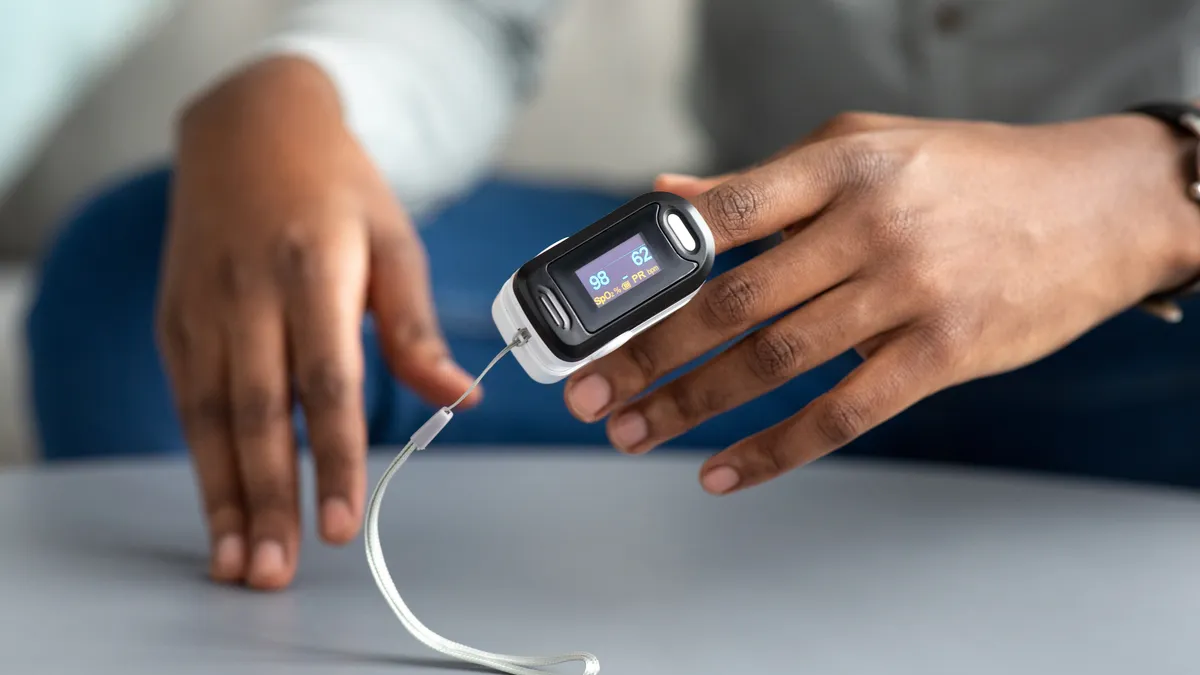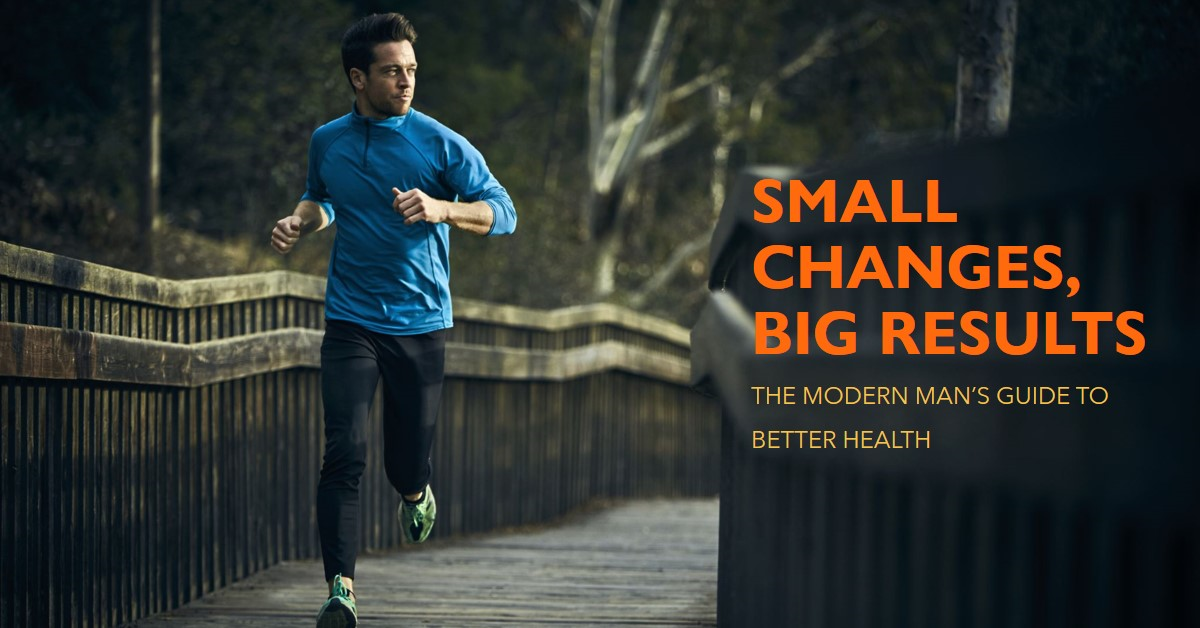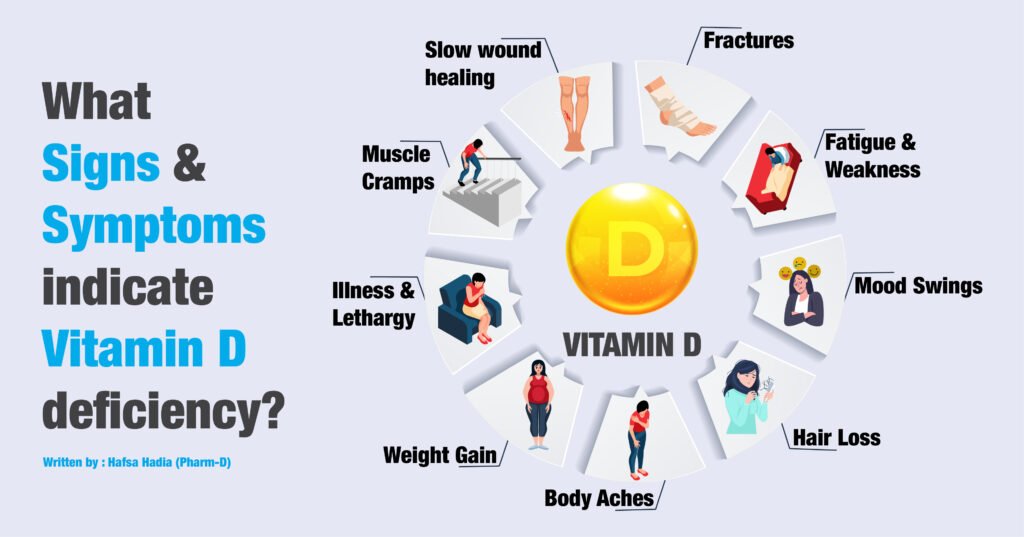Pulse oximeters are small, clip-on devices that measure blood oxygen levels by attaching to a person’s fingertip, earlobe, or toe. These readings provide crucial data for medical decision-making, as prolonged low oxygen levels can damage tissues and organs. Physicians often use these measurements to determine if a patient requires supplemental oxygen, typically delivered through nasal tubes.
However, concerns about racial bias in pulse oximeter readings have persisted for decades. Research dating back to the 1990s has shown that these devices often provide inaccurate readings for people with darker skin tones. The COVID-19 pandemic brought renewed attention to this issue when a 2020 study from the University of Michigan revealed that pulse oximeters missed three times as many cases of low oxygen levels in Black patients compared to White patients. This inaccuracy may have contributed to inequities in medical treatment, as another study found that Black COVID-19 patients were less likely to receive dexamethasone, a potentially lifesaving drug.
In response, the Food and Drug Administration (FDA) has revisited the issue, releasing new draft guidance in January 2024 aimed at improving the accuracy and inclusivity of pulse oximeter testing.
Key Changes in the FDA’s Draft Guidance
The FDA’s proposed guidelines focus on improving testing protocols to ensure pulse oximeters work accurately across all skin tones. The main recommendations include:
Larger Testing Groups – Manufacturers must increase their minimum test sample size from 10 to 150 people.
Diverse Skin Tone Representation – At least 25% of test subjects must belong to each of three skin tone categories (light, medium, and dark), with 50% of the dark-skin group consisting of individuals with very dark skin.
Scientific Skin Tone Measurement – Companies should use colorimetry, a scientific method that measures skin tone using reflective light, to ensure objective classification.
While experts view this as a positive step, the guidelines primarily apply to hospital and clinical-use devices, not over-the-counter (OTC) consumer models—a significant oversight, given the rising popularity of home-use pulse oximeters.
The Problem with Over-the-Counter (OTC) Pulse Oximeters

Despite the increasing use of OTC pulse oximeters by people with chronic heart and lung conditions, most consumer models are not FDA-cleared for medical use. These devices, often marketed for general wellness or sports use, are not intended to guide medical decisions, yet many people unknowingly rely on them for that purpose.
Carmel Shachar, faculty director of the Health Law and Policy Clinic at Harvard Law School, expressed concern about this gap:
“Many people purchased OTC pulse oximeters, especially at the start of the COVID-19 pandemic. During flu and respiratory illness seasons, people may use these devices to decide whether to seek medical care—without realizing the readings might be inaccurate for their skin tone.”
A small number of OTC pulse oximeters have recently gained FDA clearance for medical use, including:
Masimo’s MightySat Medical – The first FDA-cleared medical fingertip pulse oximeter available over the counter (February 2024).
Nonin Medical’s TruO2 – Cleared in late 2023, this device reportedly provides accurate readings across all skin tones.
Other manufacturers, such as Medtronic, claim their devices are addressing inequity gaps. For example, the company cites an independent study suggesting its Nellcor N-595 model performs better in people with darker skin than Masimo’s Radical-7 pulse oximeter.
The Path Toward Equitable Diagnostic Care
To ensure fair access to reliable medical devices, more transparency is needed. Experts suggest that the FDA should consider publishing a public list of pulse oximeters that have not been thoroughly evaluated for skin tone accuracy.
However, experts warn that no single entity—whether manufacturers, the FDA, or healthcare providers—can fully resolve this issue alone. In a December 2023 article in the Journal of the American Medical Association (JAMA), Shachar and colleagues described the issue as a “wicked problem”—a complex challenge requiring coordinated efforts from manufacturers, regulators, policymakers, and clinicians.




